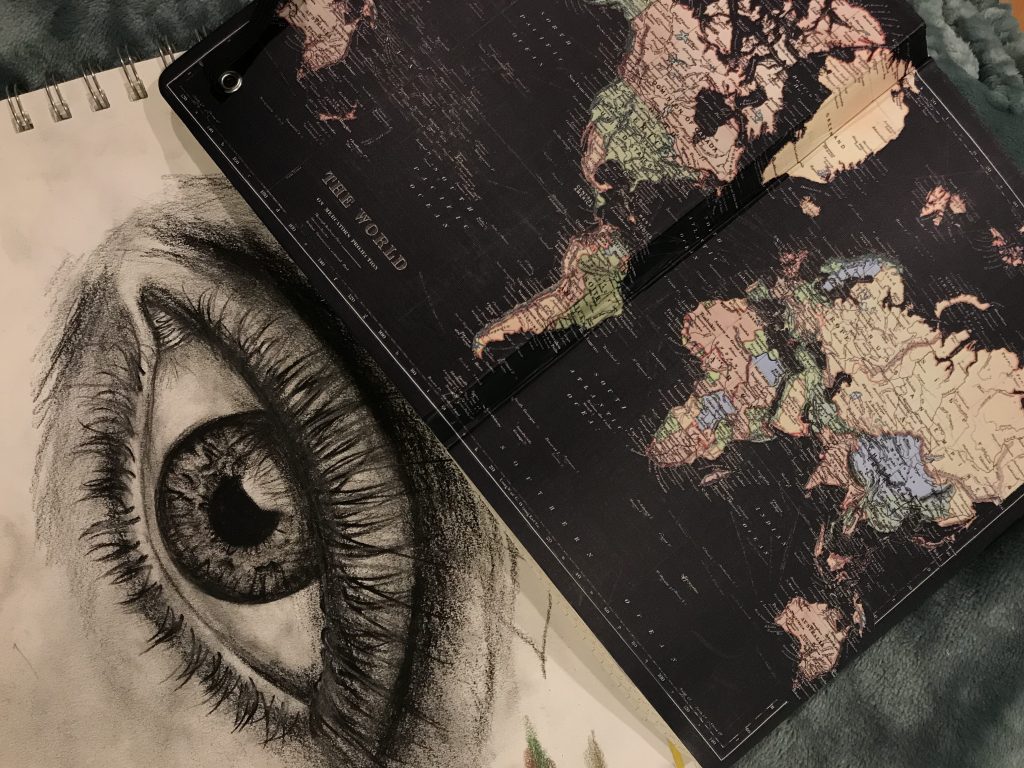We all have fears. Maybe it’s a fear of tarantulas or a fear of the darkness. But what is fear? Fear is defined as an unpleasant emotion caused by the belief that someone or something is dangerous, likely to cause pain, or a threat. It is a universal emotion, felt by all creatures, and a key instinct for survival. Throughout the millennia, humankind has gradually eliminated most of the dangers that have threatened to dismantle our societies; thousands of diseases have been wiped out or inoculated against. The most treacherous journeys can now be made from the comfort of a plush seat 39,000 feet in the air. We must say that very few people – save an adventurous television star – have to fear death by wild animal.
This begs the question, what do we still have to fear? During his speech at his first inauguration, Franklin Delano Roosevelt claimed that the only thing to fear is fear itself. It was a wise assessment that clarified the power of fear to drive people to act rashly or become a hazard to others. Of course his highly rational thinking did not prove true; people are still frightened by heights, snakes, and public speaking. But those fears are individually varied. Larger groups, such as towns, religions, and nations, fear things that threaten the collective, just as Americans continued to fear the financial repercussions of the Great Depression at the time of President Roosevelt’s speech.
The Pew Research Center published a survey of 48,000 people across 44 countries. The participants were asked to choose what frightened their culture the most from a list of 5 topics: AIDS and other diseases, nuclear weapons, religious and ethnic hatred, pollution and environmental issues, or inequality. Unsurprisingly, Africans chose AIDS and other diseases as the greatest threat, as many of the world’s modern medical advancements are scarce in the more war-torn regions of the continent. Japan, Russia, Ukraine, Turkey, and surprisingly Brazil, all believe that nuclear weapons pose the greatest risk to their countries. To be expected, all of those countries are in close proximity to other countries in possession of both nuclear weapons and nations with hostile attitudes.
China is understandably concerned about pollution and its effects on the environment, as it frequently issues states of emergency when its citizens cannot go outside due to smog inhalation. Southeast Asian nations such as Malaysia and Indonesia share fears of religious and ethnic hatred with India, the Middle East, and Britain. For Israelis, Hamas and Hezbollah are the threats, for Malaysians, it is the various arms of Al Qaeda in the region. In countries such as the United States, France, Germany, and Italy, the greatest cause of anxiety and social unrest is inequality, both in terms of income and gender.
While the problem of equality in Western nations should not be trivialized, we should take a moment to realize the enormity of our success. Humans have created a world of relative comfort compared to that of even one thousand years ago. Our own society’s greatest burdens lie with paid maternity leave and social programs, compared to the destitution and starvation of third world countries across the world.
As we jump the next time a spider crawls next to us, let us examine the larger scope of fears nations around the world face today. Whether nuclear weapons terrify the nation or pollution threatens the state of a country, different cultures around the globe confront encounter dozens of fearful situations each time they step out of their homes.
Alexander Melarti
staff writer
Graphic: Anika Tsapatsaris

